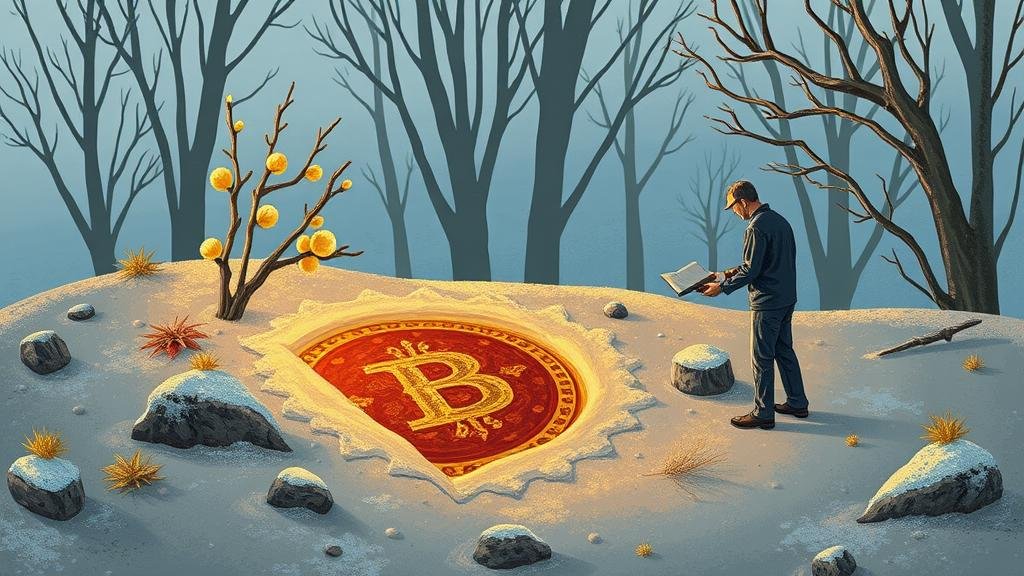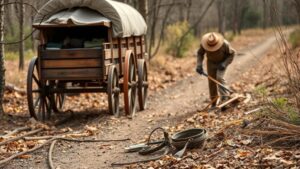Solving Riddles That Use Seasonal Events to Point to Buried Wealth
Understanding Riddles Based on Seasonal Events
Riddles have captivated human minds for centuries, often weaving intricate tales that challenge our perception and problem-solving skills. When combined with the theme of seasonal events, these riddles can serve as a map for discovering buried wealth. This article delves into the nuances of such riddles, exploring historical contexts, interpretations, and practical strategies for solving them.
The Intersection of Riddles and Seasonal Events
Riddles that incorporate seasonal events often draw upon nature’s cyclical patterns. For example, clues may reference the precise timing of solstices or equinoxes, the blooming of specific flowers, or the behaviors of animals during seasonal transitions. Such connections can provide a narrative framework guiding treasure seekers toward hidden locations. The use of seasons not only provides context but also enhances the poetic nature of the riddle, making it more engaging.
Historical Context and Notable Examples
Throughout history, various cultures have embedded treasure-seeking riddles in folklore. One prominent example includes the tale of the Westford Knight, a stone carving in Massachusetts believed to mark a burial site of a Templar knight. Local legends suggest that seasonal events and specific astronomical alignments provide clues to its exact location. This integration of cultural history, seasonal phenomena, and treasure hunting exemplifies the rich tapestry of such riddles.
Deciphering Clues Relating to Seasonal Patterns
To successfully solve a riddle that points to buried wealth through seasonal events, one must employ critical thinking and pattern recognition. Here are several strategies:
- Identify Key Seasonal Indicators: Focus on natural events tied to specific seasons–spring flowers, summer solstice, autumn leaves, and winter snowfall.
- Assess Environmental Changes: Environmental markers such as river levels or animal migrations can provide vital clues.
- Research Local Lore: Explore regional myths or historical anecdotes, as they often provide context to seasonal references in riddles.
Real-World Applications and Case Studies
A contemporary case study involves a popular treasure hunt known as “The Thrill of the Chase,†initiated by author Forrest Fenn. Fenn’s poem includes seasonal imagery and requires participants to decode various clues referencing nature, thus integrating the concept of seasonal riddle-solving. While many have searched for the treasure, a deep understanding of the seasons and natural events available in New Mexico guided successful seekers toward their goal.
Practical Tips for Treasure Seekers
For those looking to embark on a journey to solve riddles relating to seasonal events, here are actionable takeaways:
- Document Seasonal Changes: Maintain a journal recording seasonal shifts in your area, noting distinct changes in flora and fauna.
- Engage with Local Experts: Connect with historians or naturalists who can provide insights into seasonal patterns and regional folklore.
- Collaborate with Fellow Enthusiasts: Joining treasure-hunting groups can facilitate the sharing of knowledge and insights on deciphering complex riddles.
The Rewards of Solving Seasonal Riddles
Solving riddles that leverage seasonal events offers not only the thrill of uncovering buried wealth but also an enriched understanding of natures cycles and human ingenuity. process nurtures critical thinking, collaboration, and appreciation for historical contexts. Enthusiasts often emerge from these adventures with lasting memories, a profound connection to the environment, and sometimes, a tangible reward.
To wrap up, the art of deciphering riddles rooted in seasonal events is a multifaceted endeavor that transcends mere treasure hunting. It challenges participants to think analytically, appreciate the beauty of nature, and connect with cultural histories. Whether a novice or seasoned treasure hunter, adopting a methodical approach can lead to exciting discoveries.



